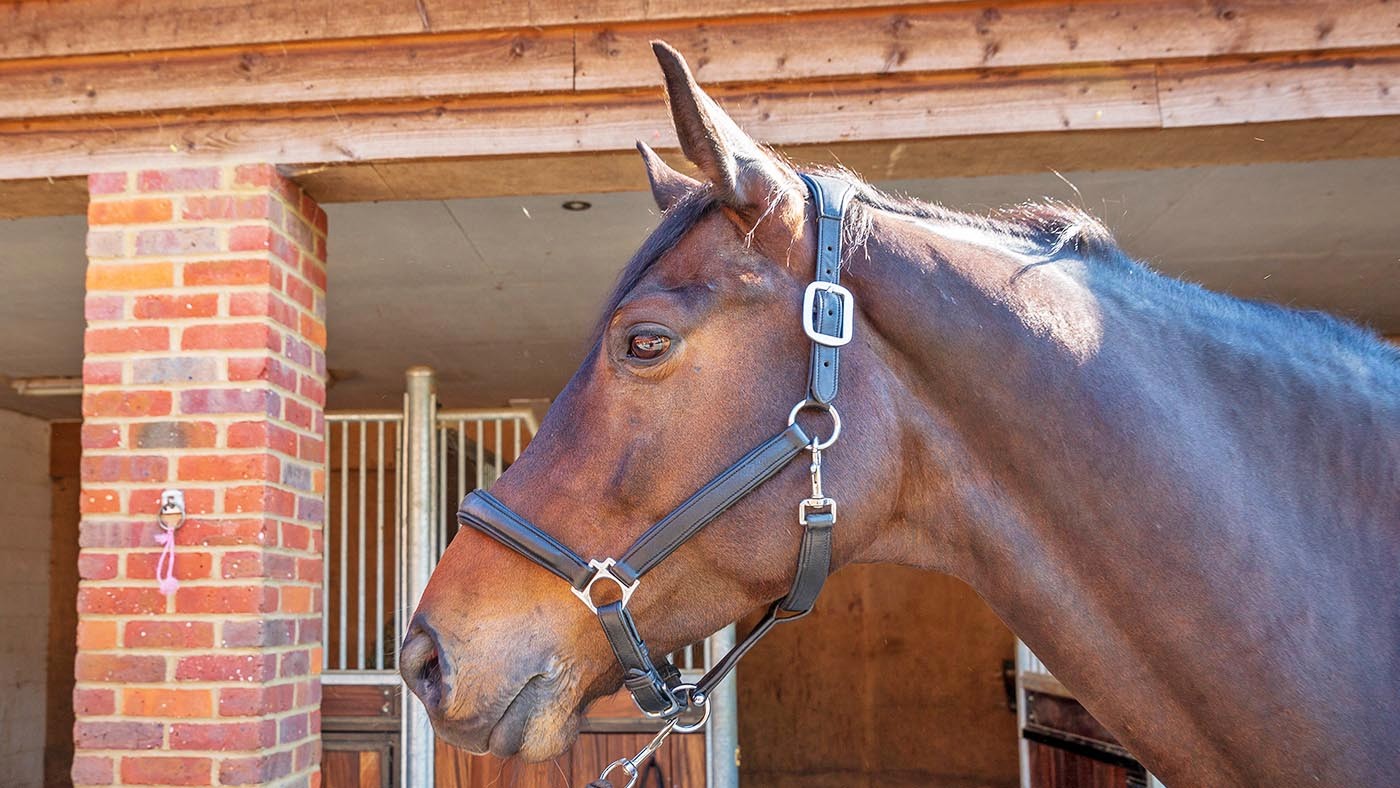As horse owners, we want nothing but the best for our equine companions. One of the most important things to consider is the gear we use when handling them, particularly when leading or training. This is where headcollars come in. Also called halters or bridles, headcollars are important tools for horse handlers worldwide. They come in various styles, and each has its unique purpose to meet the needs of different horses. In this blog post, we’ll discuss everything you need to know about horse head collars.
Types of Headcollars
There are different kinds of headcollars or halters available in the market, and each has its unique features that suit different purposes. They include:
- Rope Halters: These are headcollars made of ropes and knots, with no buckles or clasps. They’re perfect for training and groundwork, as they provide optimal control and communication with your horse.
- Flat/Classic Headcollars: These are the most common types of headcollars, featuring a flat noseband and adjustable buckles. They’re ideal for everyday use, leading or tying your horse, and transporting them.
- Padded Headcollars: These headcollars have a soft, cushioned lining that provides extra comfort for the horse, especially during transport or riding. They’re ideal for sensitive horses, mares, or stallions.
How to Fit a Headcollar
A headcollar should fit your horse comfortably, without being too tight or too loose. When fitting, make sure it’s snug enough to stay put, but loose enough to allow your horse to breathe and move freely. Here’s how to get the right fit:
- Choose the right size, according to your horse’s breed, age, and weight.
- Adjust the noseband so that it sits just below the cheekbones and fits snugly, but not too tight.
- The headcollar should be resting comfortably behind the ears, without rubbing or causing irritation.
Uses of Headcollars
Headcollars serve various purposes, including:
- Leading your horse: Use a headcollar to lead your horse from point A to point B, whether you’re taking them to the pasture or trailer.
- Tying your horse: You can tie your horse using a headcollar to keep them in place while you groom, tack up, or saddle them.
- Training and groundwork: Headcollars, particularly rope halters, are perfect for training and groundwork. They allow you to communicate with your horse by applying pressure or releasing it, depending on the response you want.
Cleaning and Maintenance
Like all horse tack, headcollars need to be cleaned regularly to keep them hygienic and free of dirt or grime. Here’s how to clean and maintain your headcollar:
- Handwash using mild soap and warm water.
- Avoid using bleach or harsh chemicals that may damage the material or colour.
- Rinse thoroughly and hang to dry before storing.
In conclusion, headcollars are essential pieces of equipment for horse handlers worldwide. They provide optimal control, communication, and comfort for your equine friends. When choosing a headcollar, consider the type, fit, and purpose, and always make sure you clean and maintain it after use. With the right headcollar, you and your horse can have a comfortable, safe, and productive time together.
